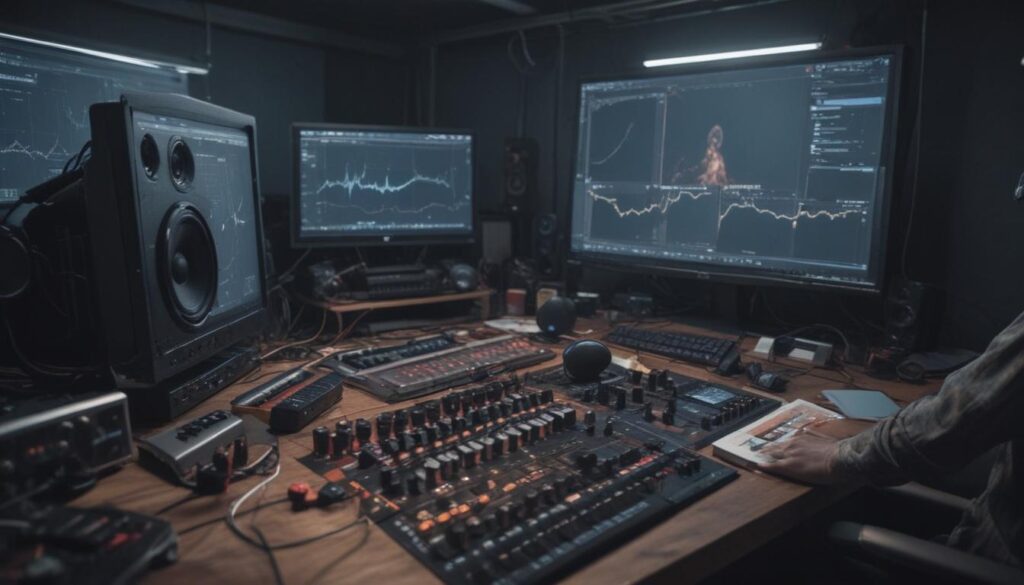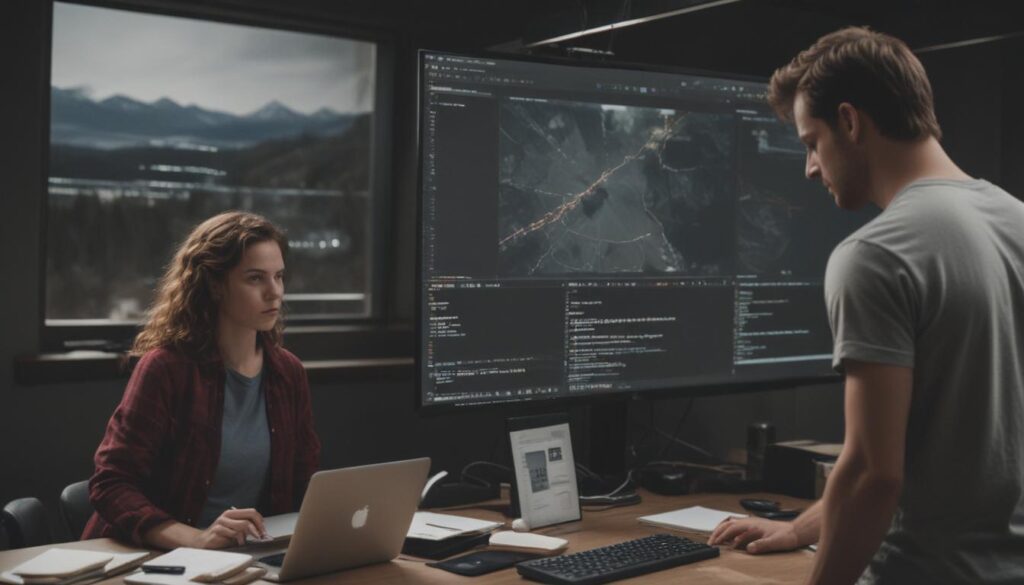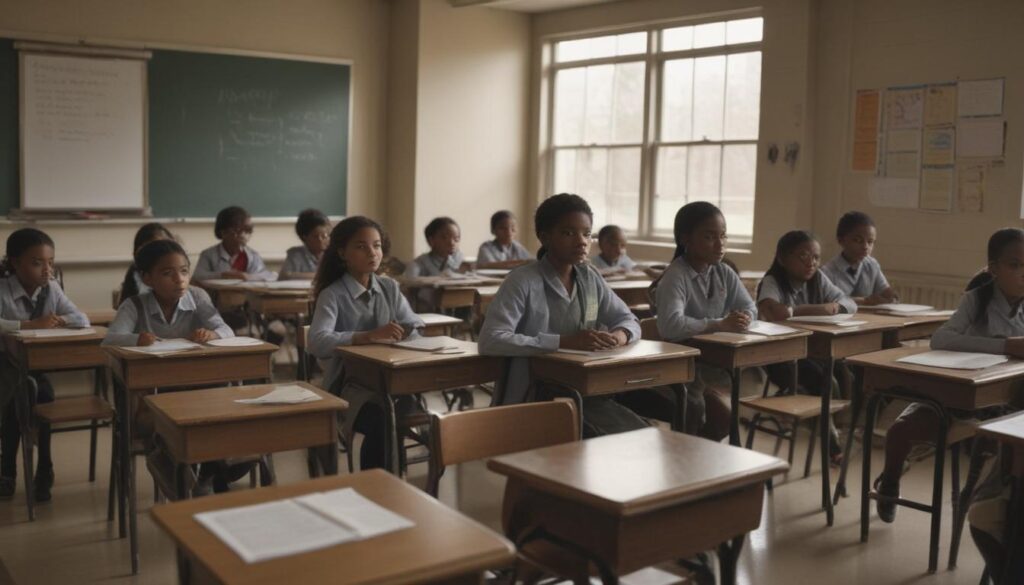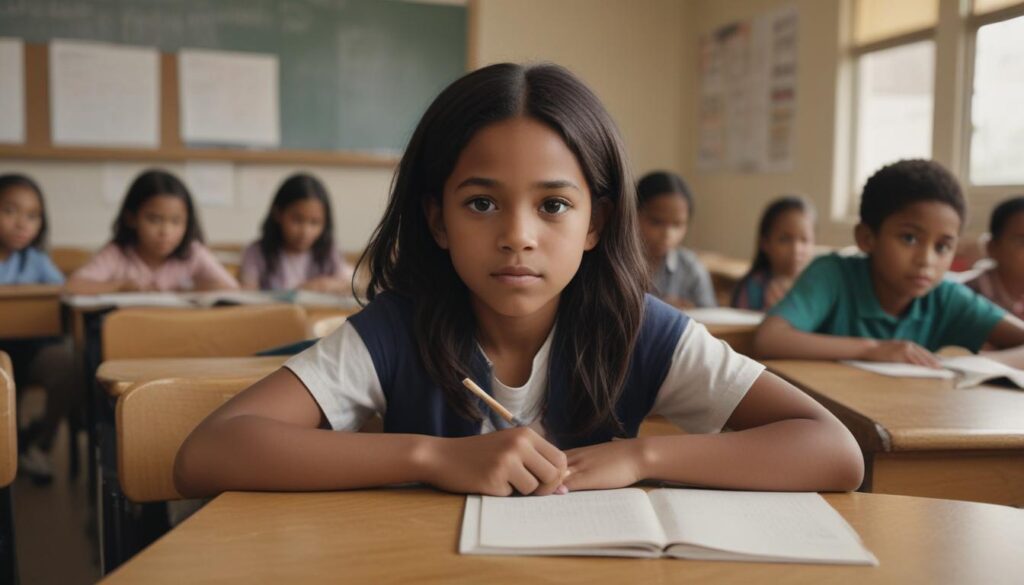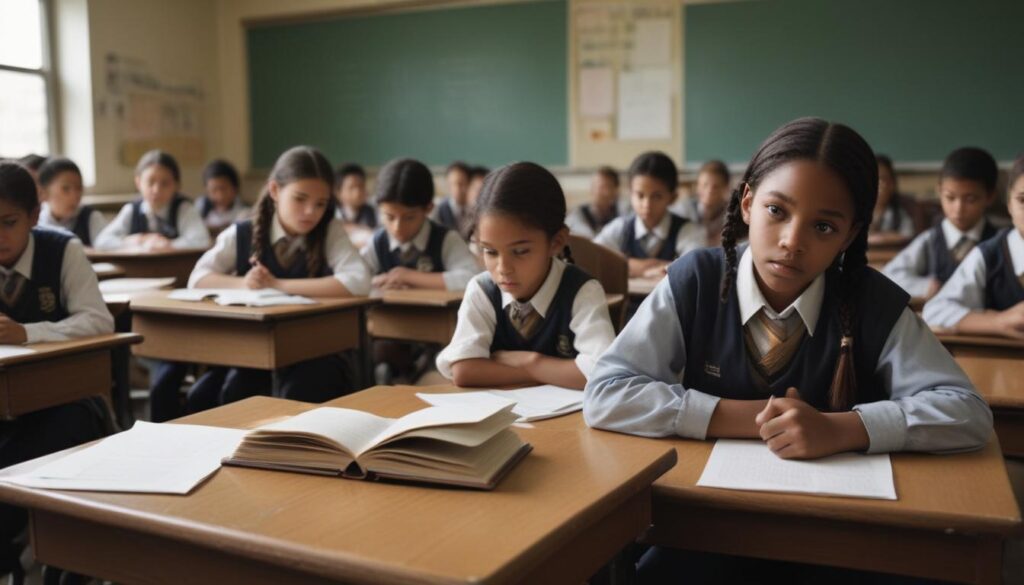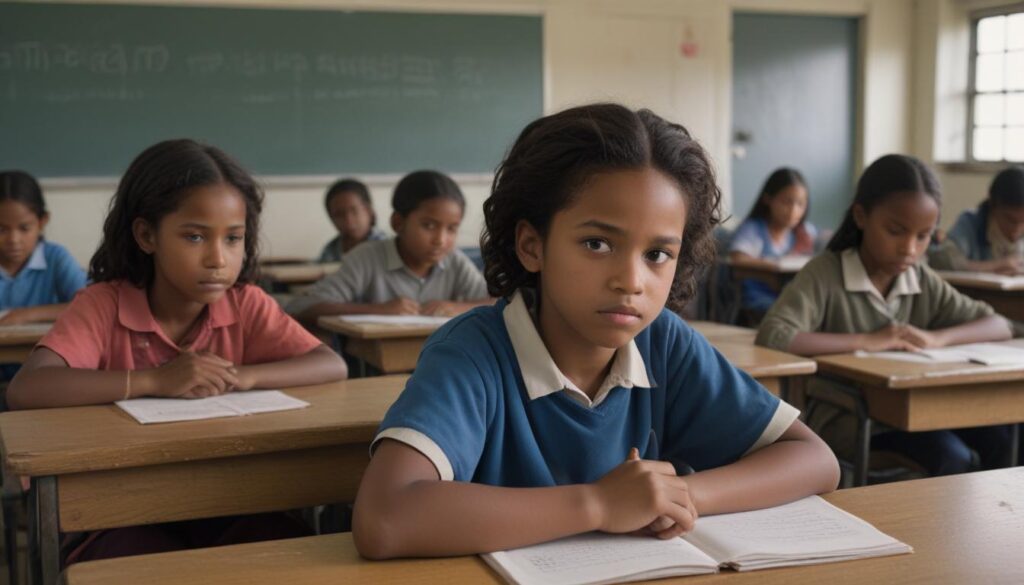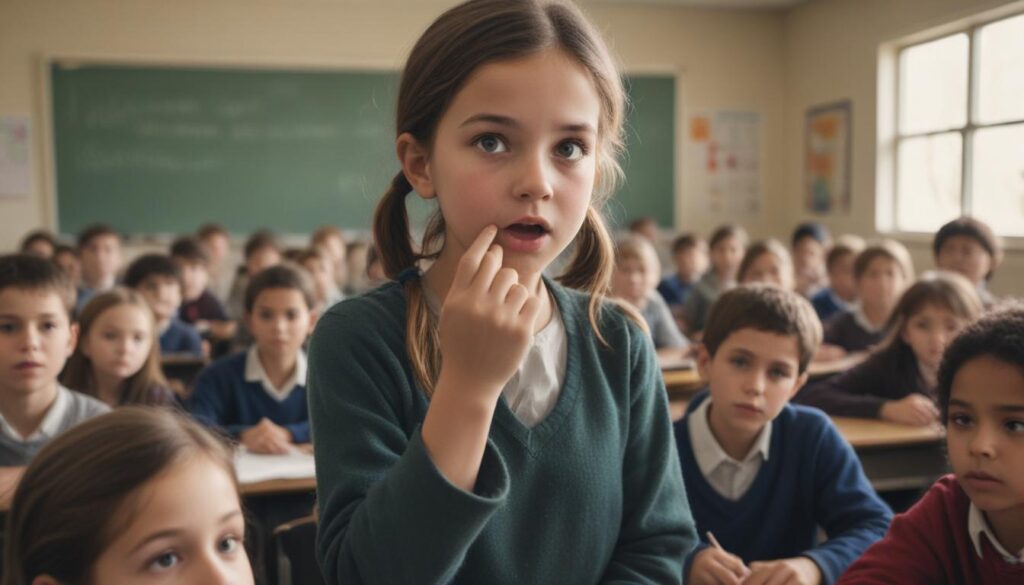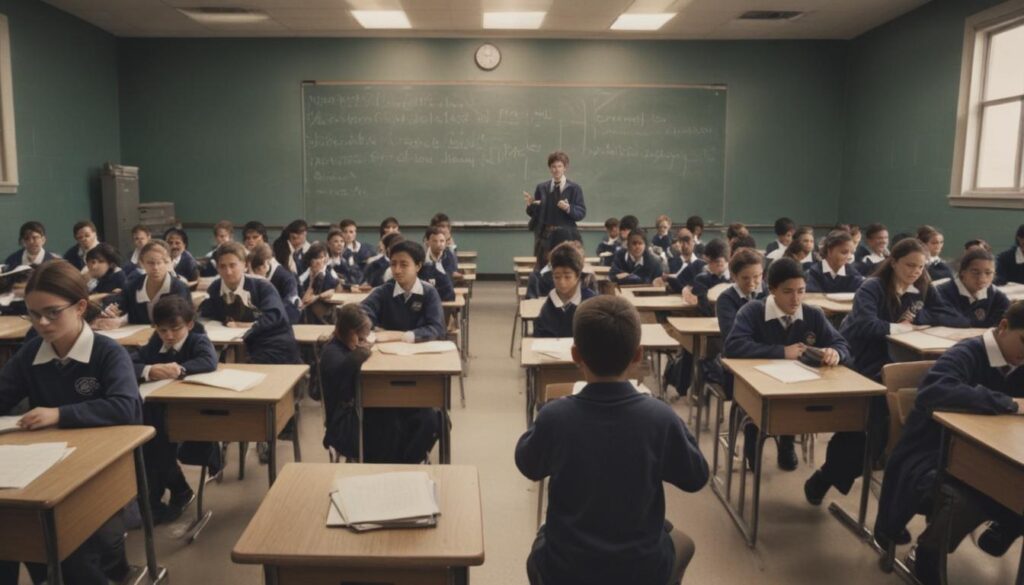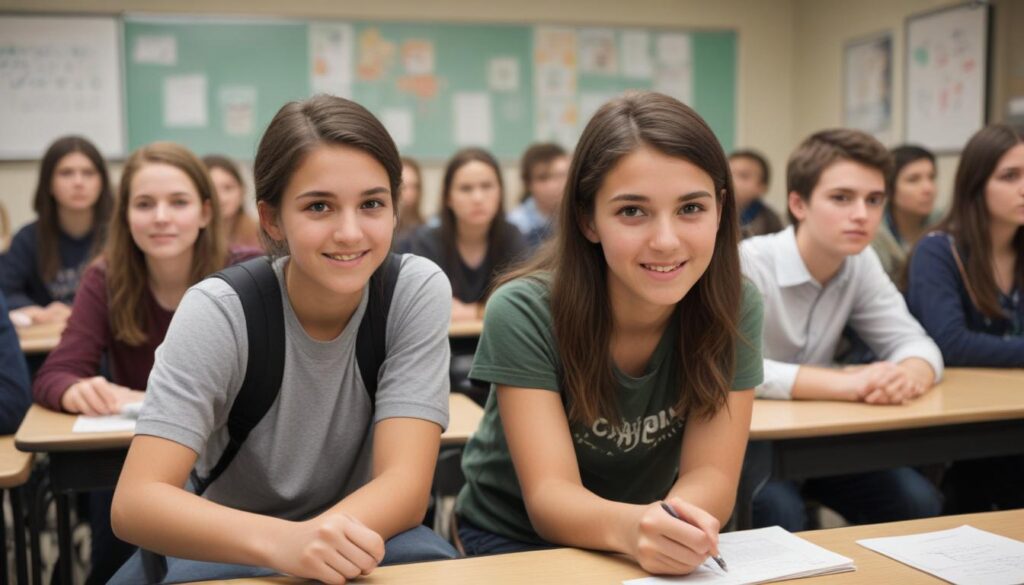Now Reading: Unleash Creativity & Collaboration with PBL
- 01
Unleash Creativity & Collaboration with PBL
Unleash Creativity & Collaboration with PBL
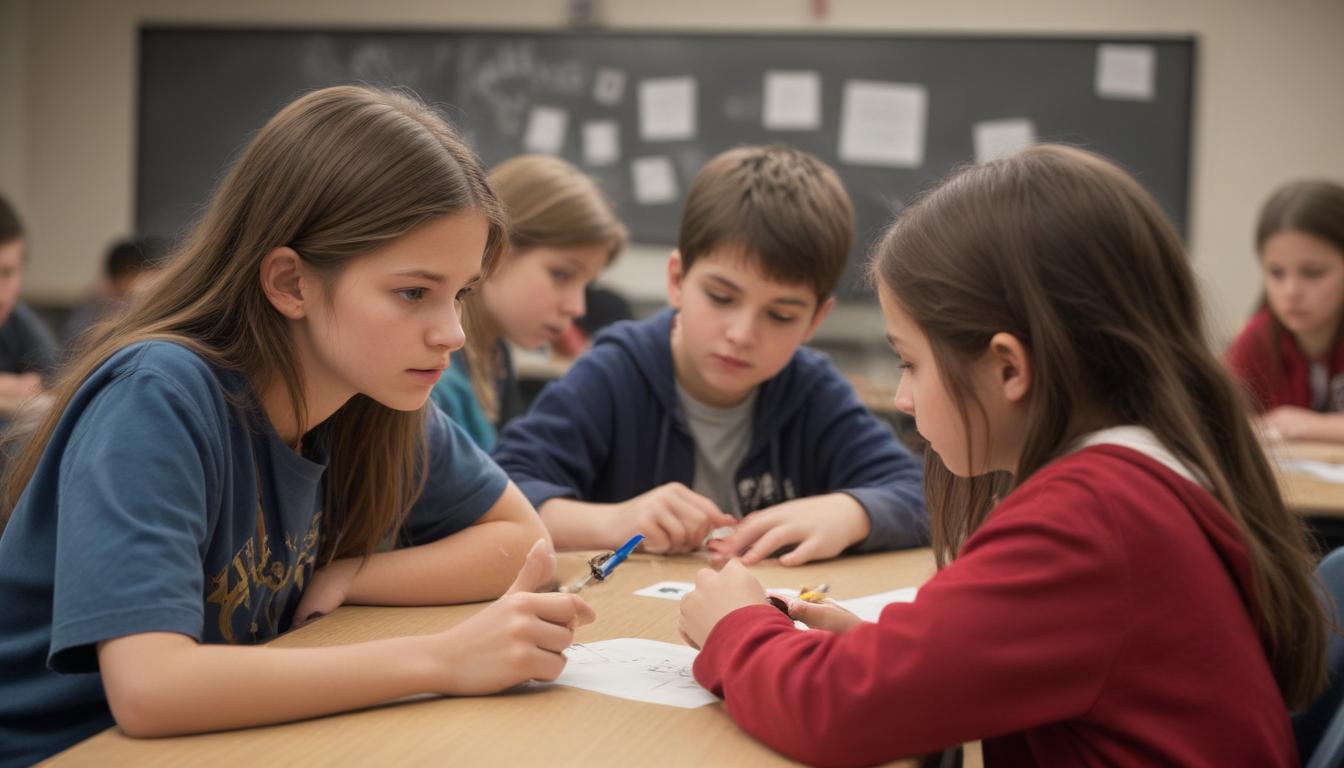
Project-Based Learning Fostering Creativity and Collaboration
Are you watching your students or children go through the motions of learning? The cycle of memorizing facts for a test, only to forget them a week later, can be frustrating for educators and disengaging for learners. You see their potential for creativity and deep thinking, but the traditional classroom structure often leaves little room for it. Students become passive recipients of information rather than active participants in their own education, lacking the real-world problem-solving and collaboration skills they will desperately need in the future.
Imagine a different kind of classroom. Picture a space buzzing with energy, where students are huddled in groups, debating ideas, researching solutions, and building something tangible and meaningful. This isn’t a far-off dream; it’s the reality of Project-Based Learning (PBL). This dynamic educational approach transforms learning from a passive chore into an exciting, student-driven adventure. It provides the framework to not only teach core academic content but also to cultivate the essential skills of creativity, critical thinking, and collaboration that prepare students for life beyond the classroom.
What is Project-Based Learning Really
Project-Based Learning is far more than just doing a fun activity at the end of a unit. In a traditional model, the project is often the dessert after the main meal of lectures and worksheets. In PBL, the project is the main meal. It is a comprehensive instructional approach where students engage in a long-term, in-depth investigation of a complex and authentic question or problem. The entire learning process is framed around this central challenge, compelling students to acquire and apply new knowledge and skills as they work towards a final public product or presentation.
The fundamental difference lies in the shift from a teacher-centered to a student-centered environment. Instead of a teacher delivering information that students must absorb, PBL puts students in the driver’s seat of their own learning journey. They are tasked with asking questions, finding resources, evaluating their options, and making decisions about the direction of their work. The learning is active, not passive. It’s the difference between reading a manual on how to build a bicycle and actually being given the parts and a challenge to design a bike for a specific type of terrain. The first teaches facts; the second teaches understanding and application.
The Core Benefits Driving Engagement
The transformative power of PBL comes from its unique ability to engage students on a deeper level by making learning relevant and empowering. The benefits extend far beyond academic knowledge, building a foundation of skills and mindsets that last a lifetime. When students see a direct connection between their work and the real world, their motivation shifts from extrinsic rewards, like grades, to the intrinsic satisfaction of solving a meaningful problem.
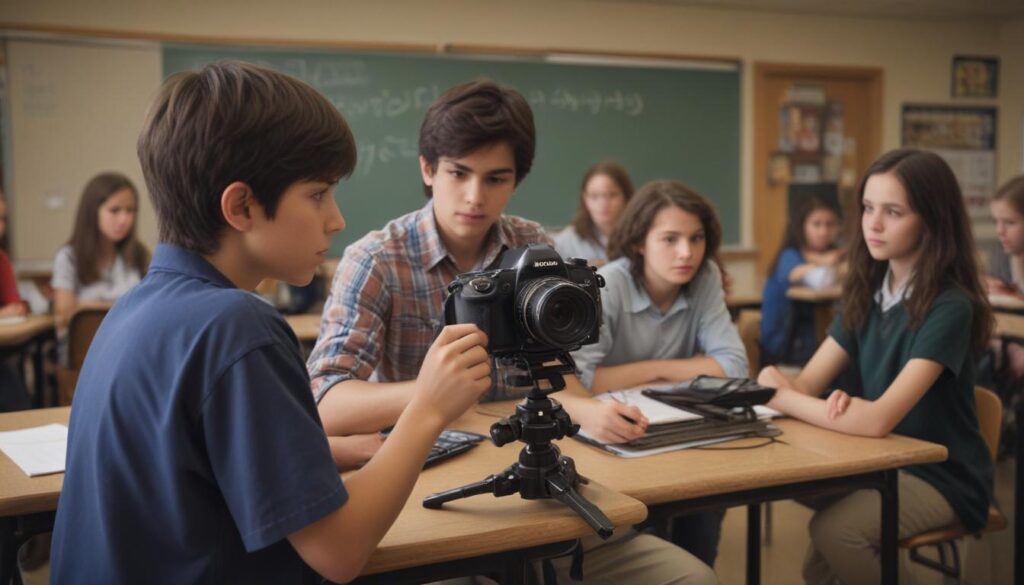
Building Real World Skills
In today’s world, success is less about what you know and more about what you can do with what you know. PBL is a powerful engine for developing these crucial 21st-century skills. From the outset, students are forced to think critically as they analyze the driving question and break it down into manageable tasks. They must manage their time and resources, set deadlines, and troubleshoot unexpected obstacles—all essential components of effective project management that are rarely taught explicitly in traditional settings.
Furthermore, collaboration is woven into the very fabric of most projects. Students learn to work in diverse teams, negotiate roles, communicate their ideas clearly, and provide constructive feedback to their peers. They discover that complex problems are often best solved through collective intelligence. This process builds resilience and empathy as they navigate different personalities and perspectives to reach a common goal. These are not soft skills; they are essential skills for any future career and for active, responsible citizenship.
Igniting Intrinsic Motivation
One of the most significant advantages of PBL is its impact on student motivation. By incorporating student choice and voice, the learning process becomes personalized and more meaningful. When students have a say in the topic, the research methods, or the final product, they develop a profound sense of ownership over their work. It is no longer just an assignment to be completed for the teacher; it becomes their project, a reflection of their interests and creativity. This ownership is a powerful catalyst for engagement and a deeper commitment to quality.
This motivation is amplified by the authenticity of the task. PBL connects learning to real-world contexts, issues, and audiences. Students might be designing a sustainable solution for a local environmental problem, creating a historical documentary for a community museum, or developing a mobile app to help fellow students. When the work has a purpose beyond the classroom walls and an audience beyond the teacher, it gains a new level of importance. This relevance makes the learning stick, ensuring that knowledge is not just memorized, but truly understood and retained.













